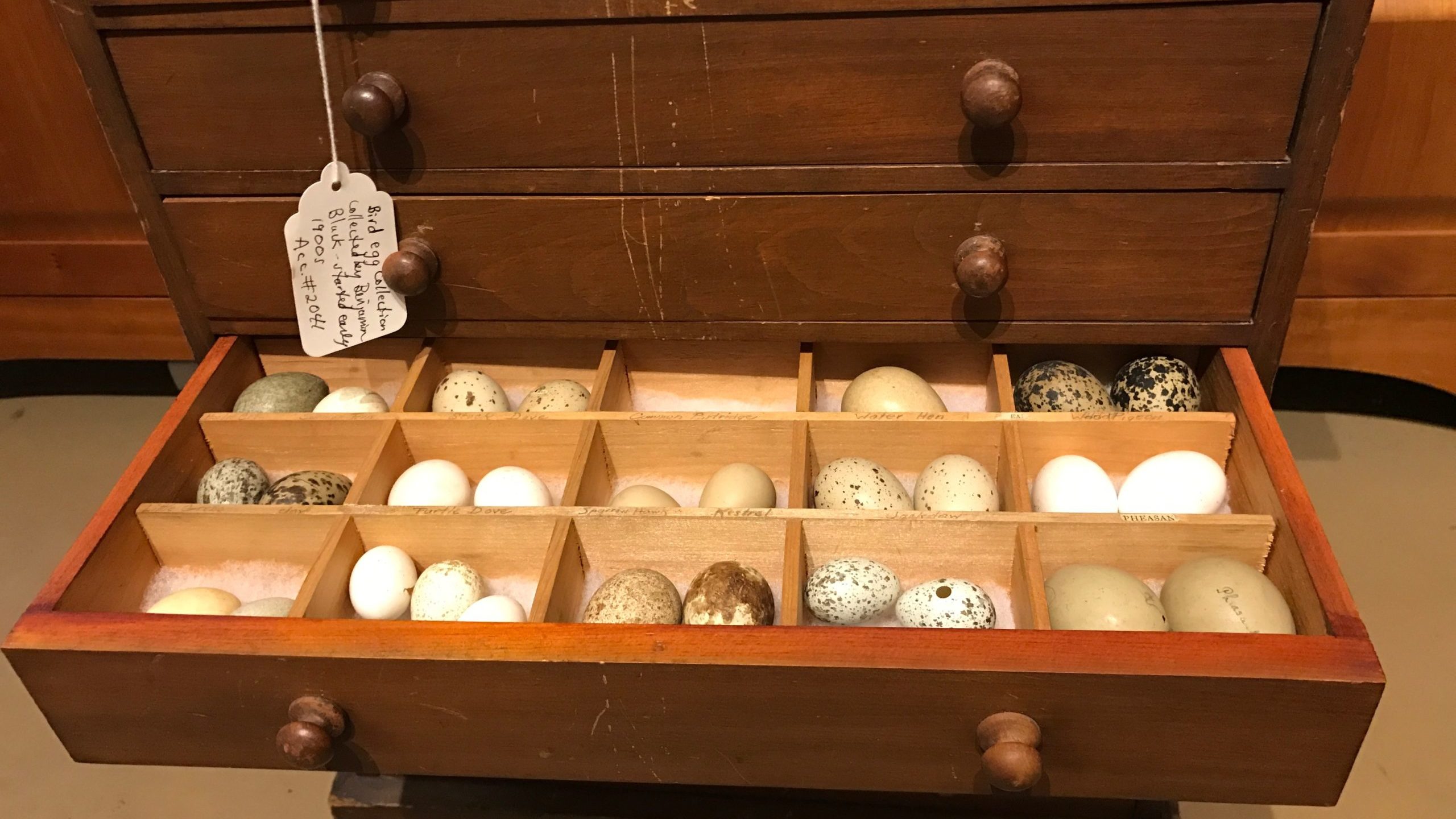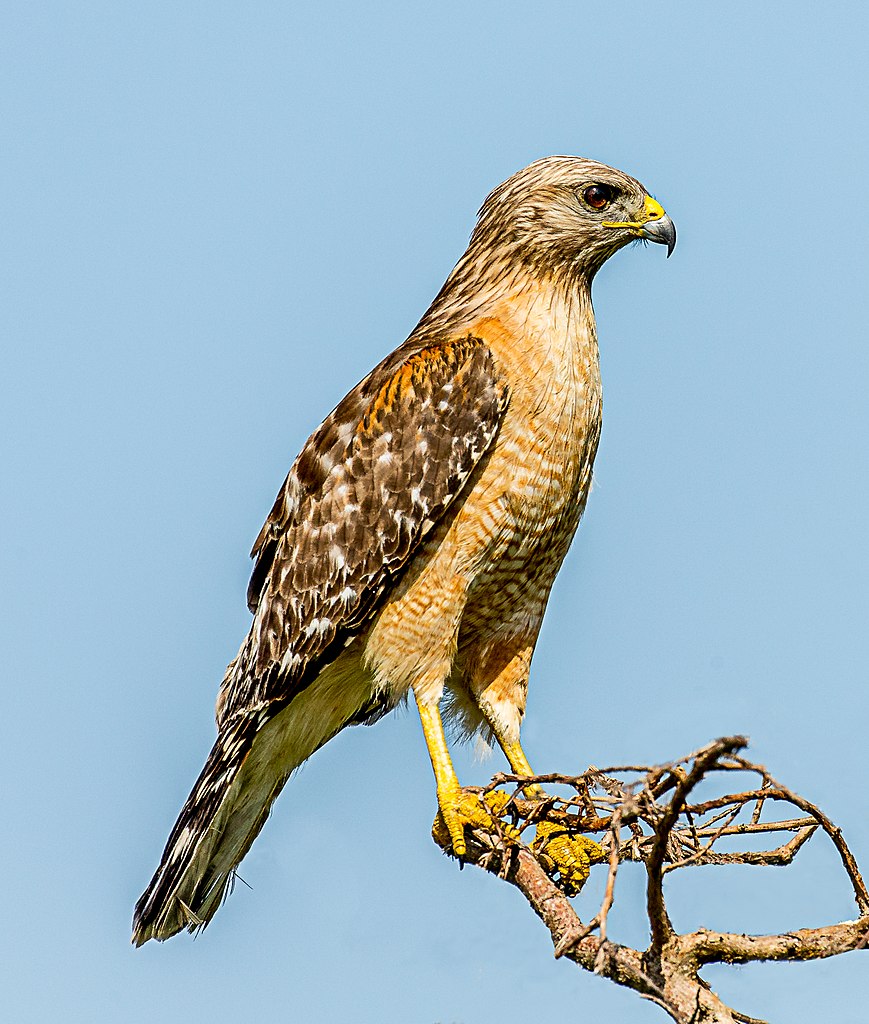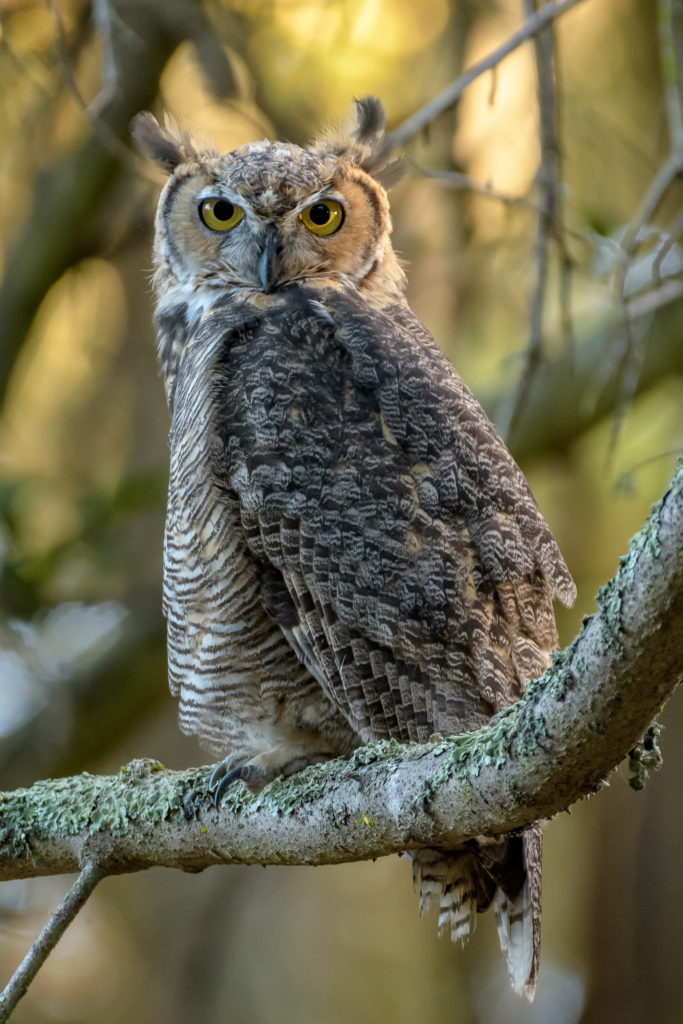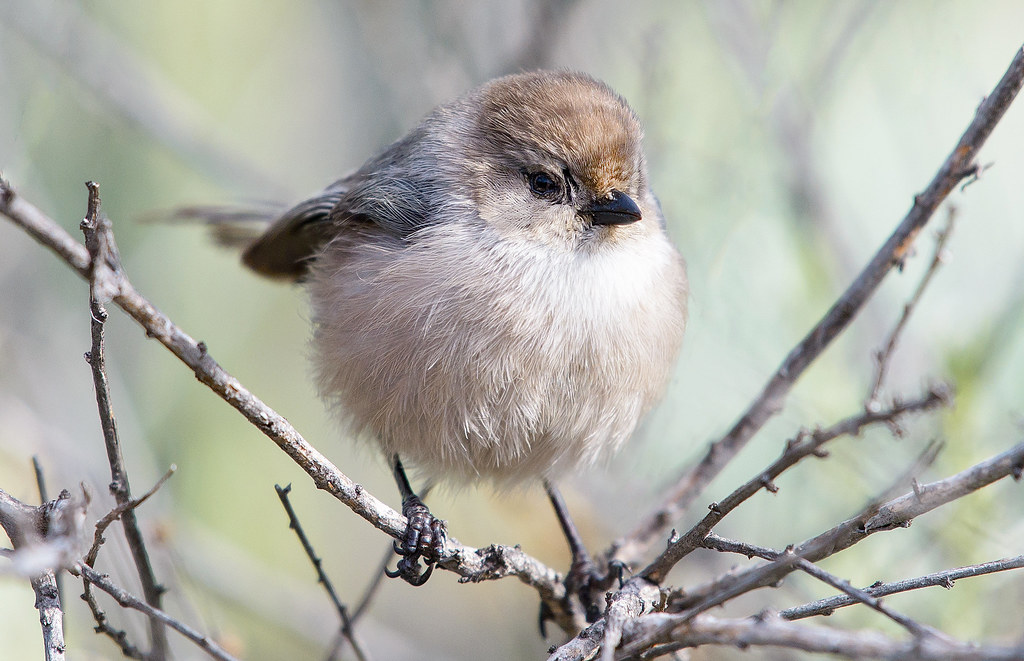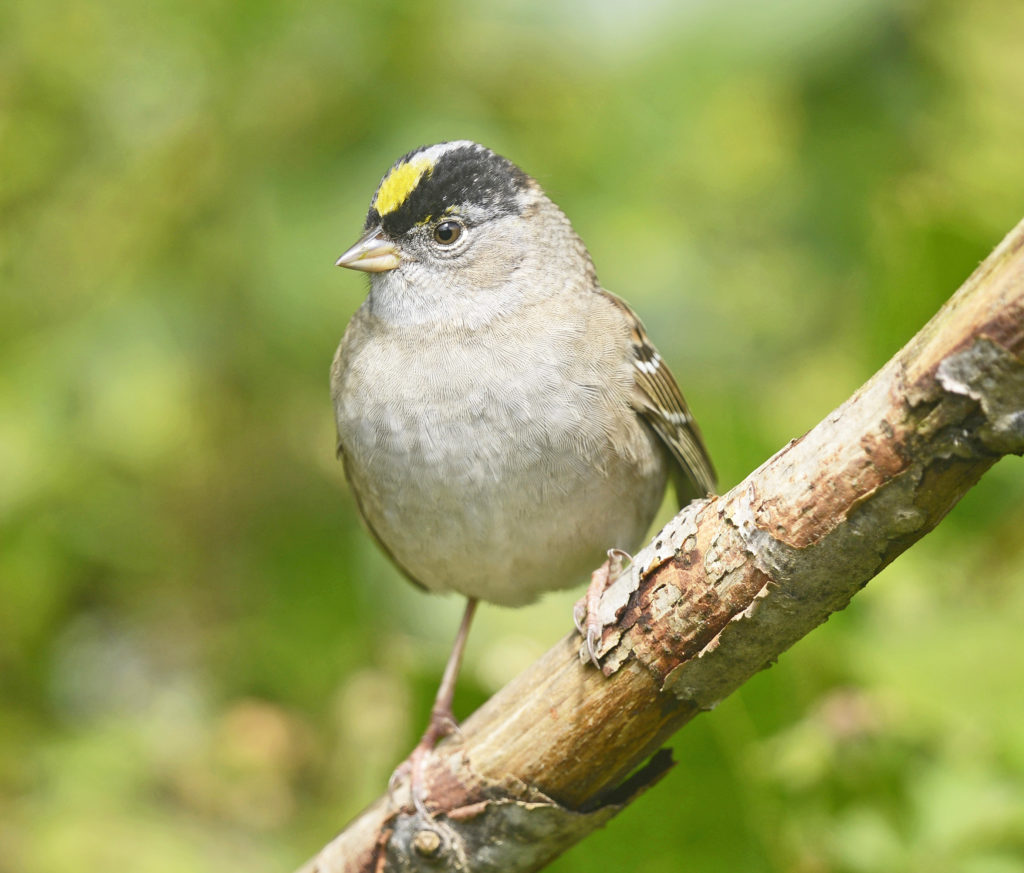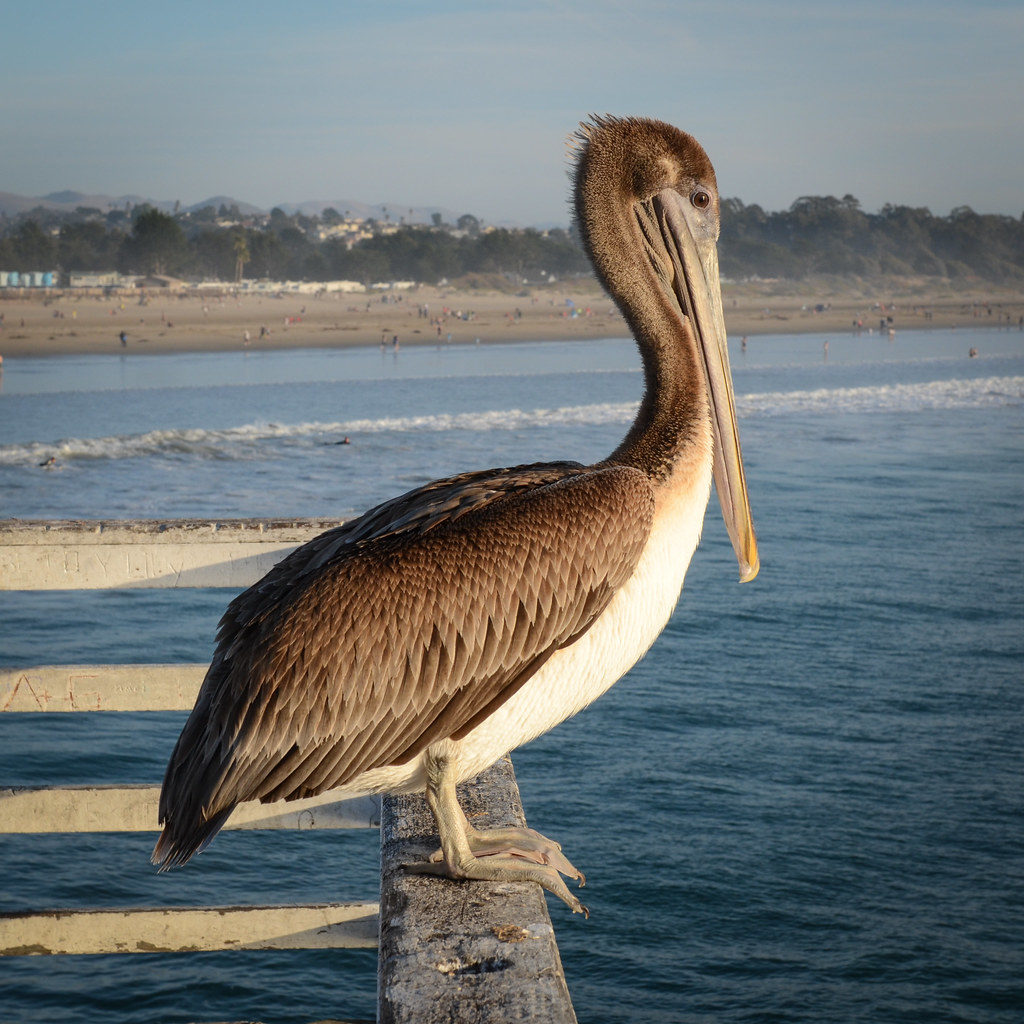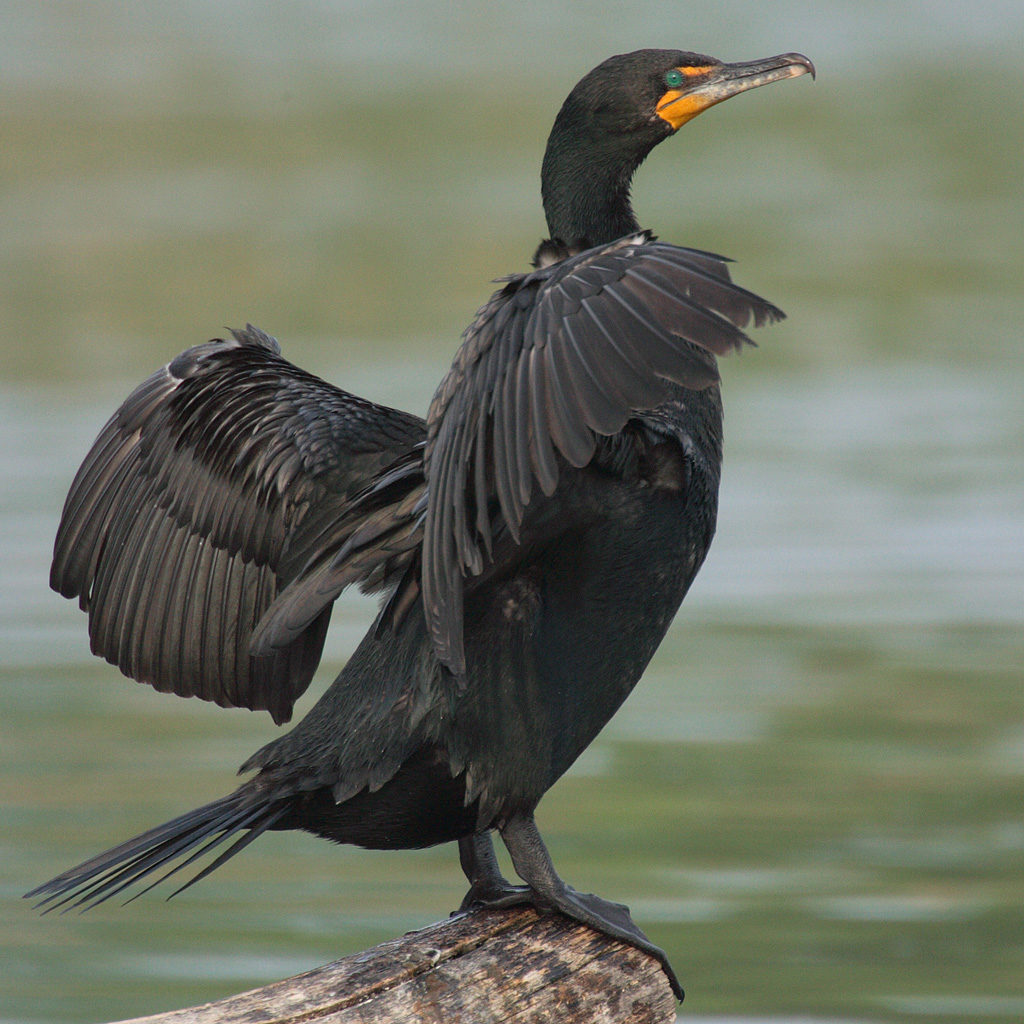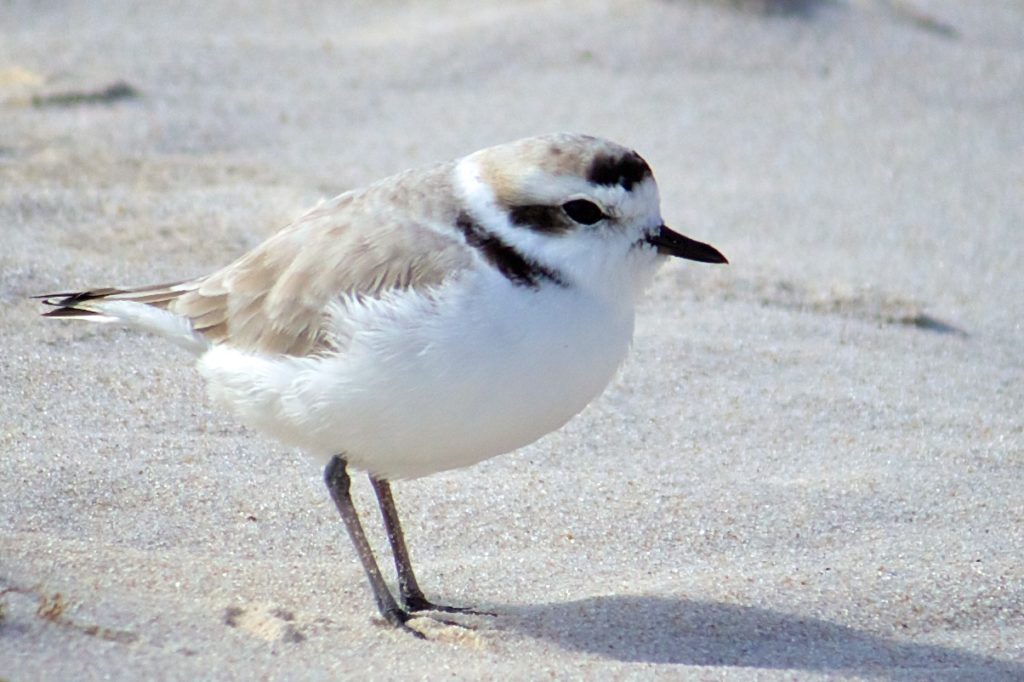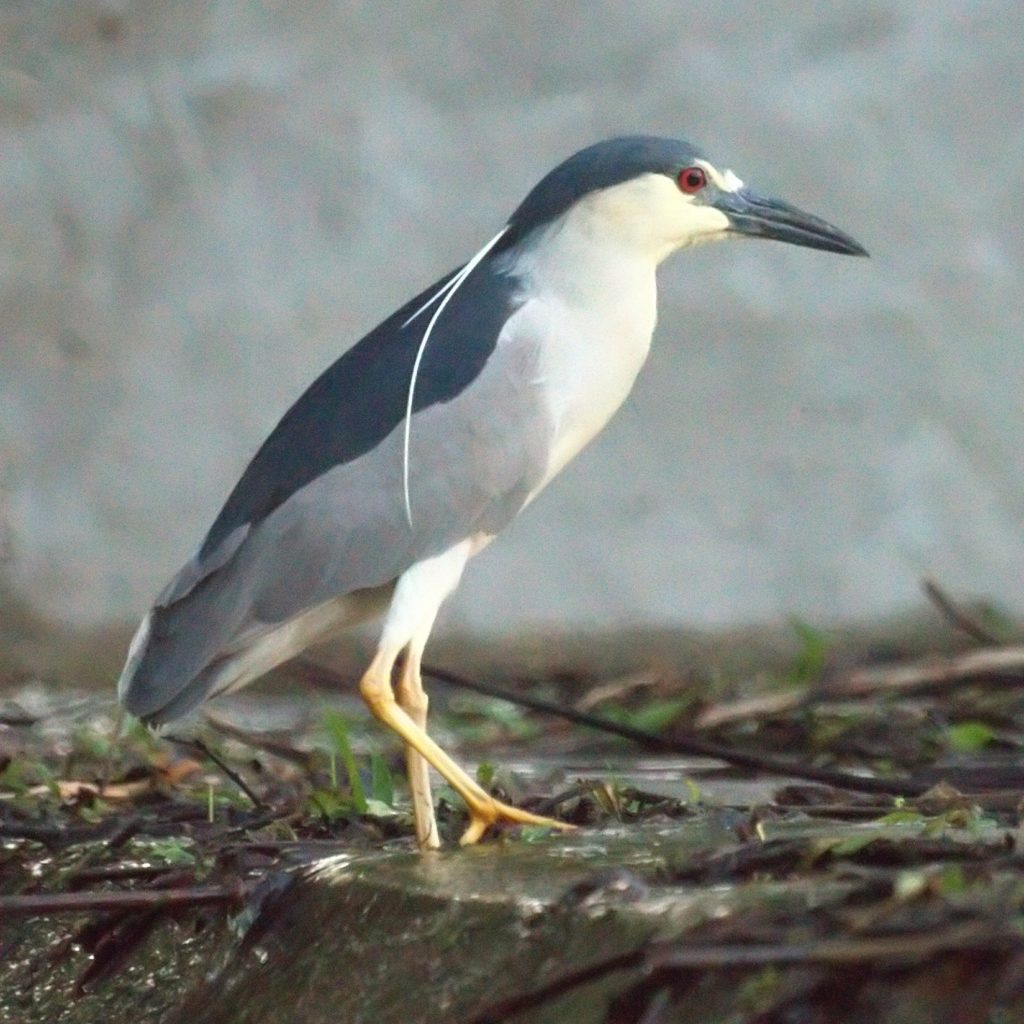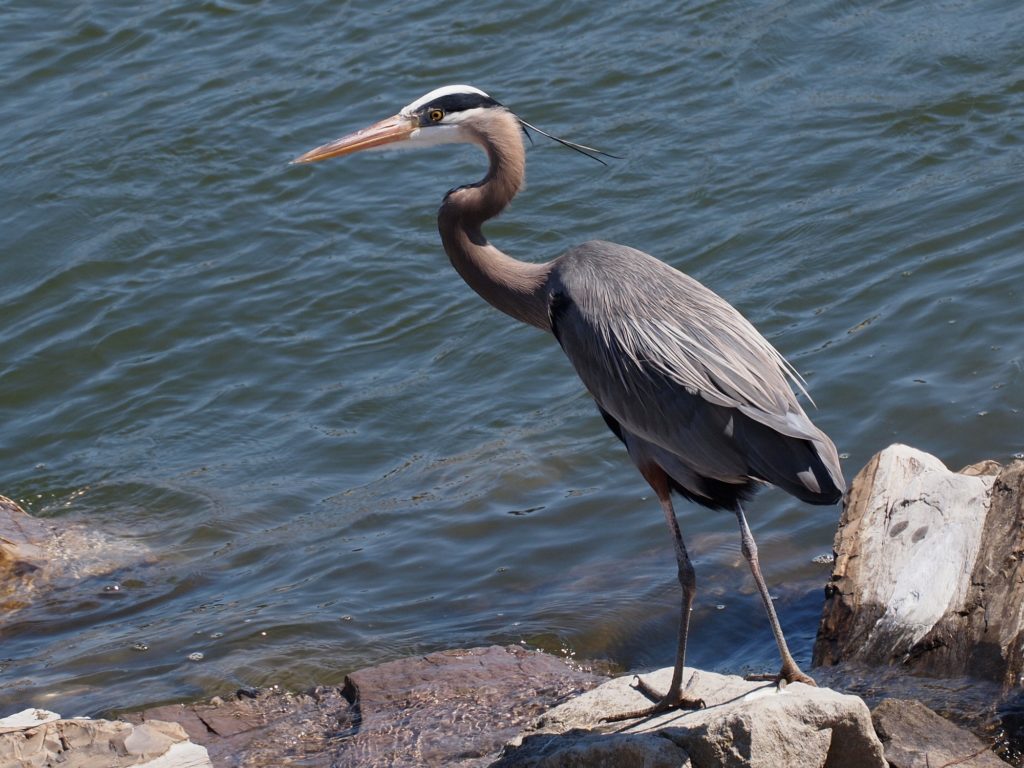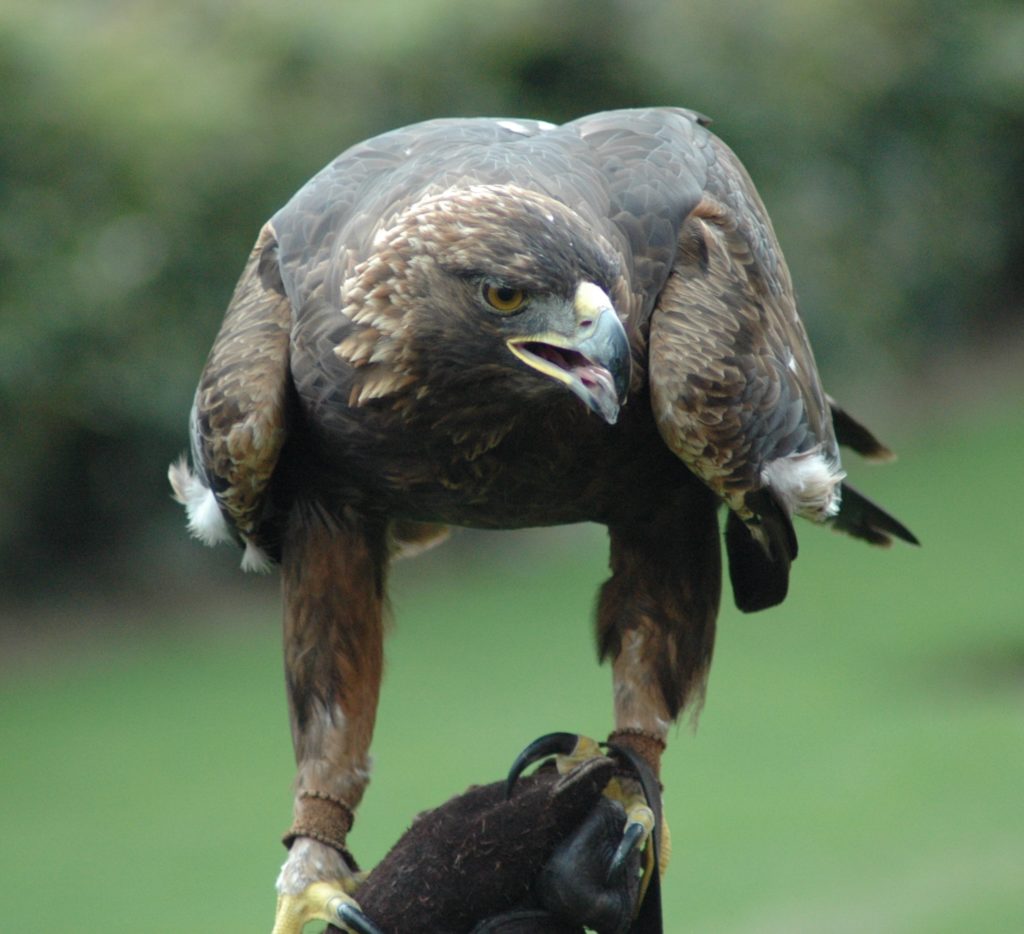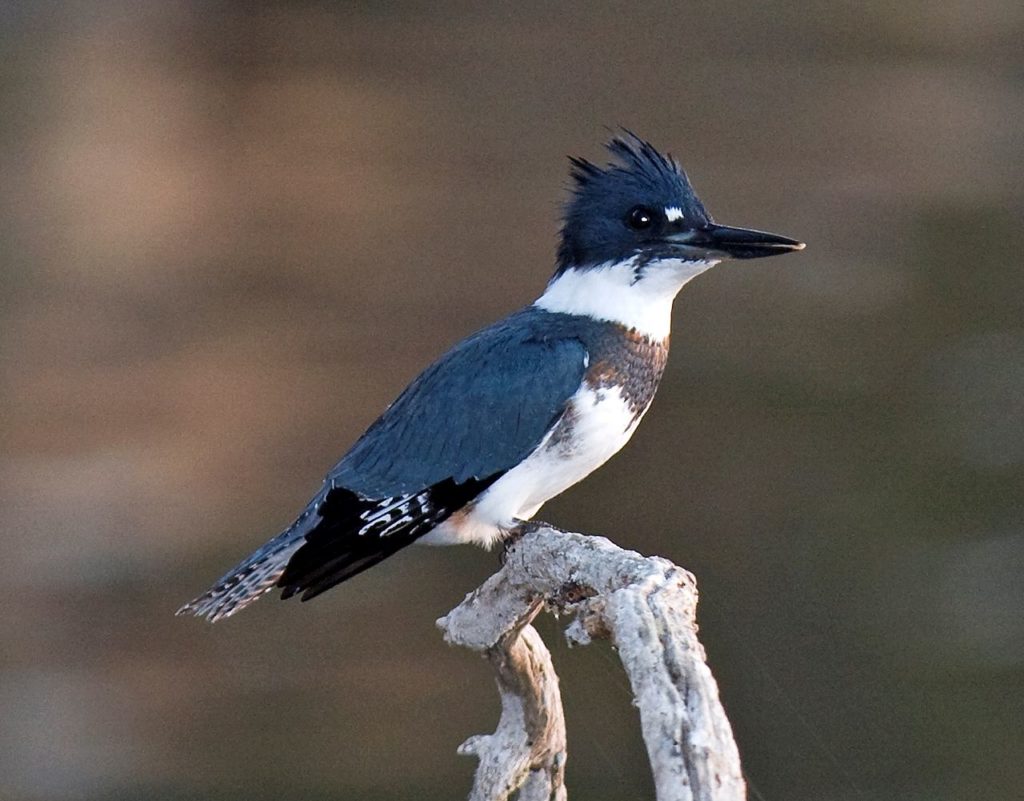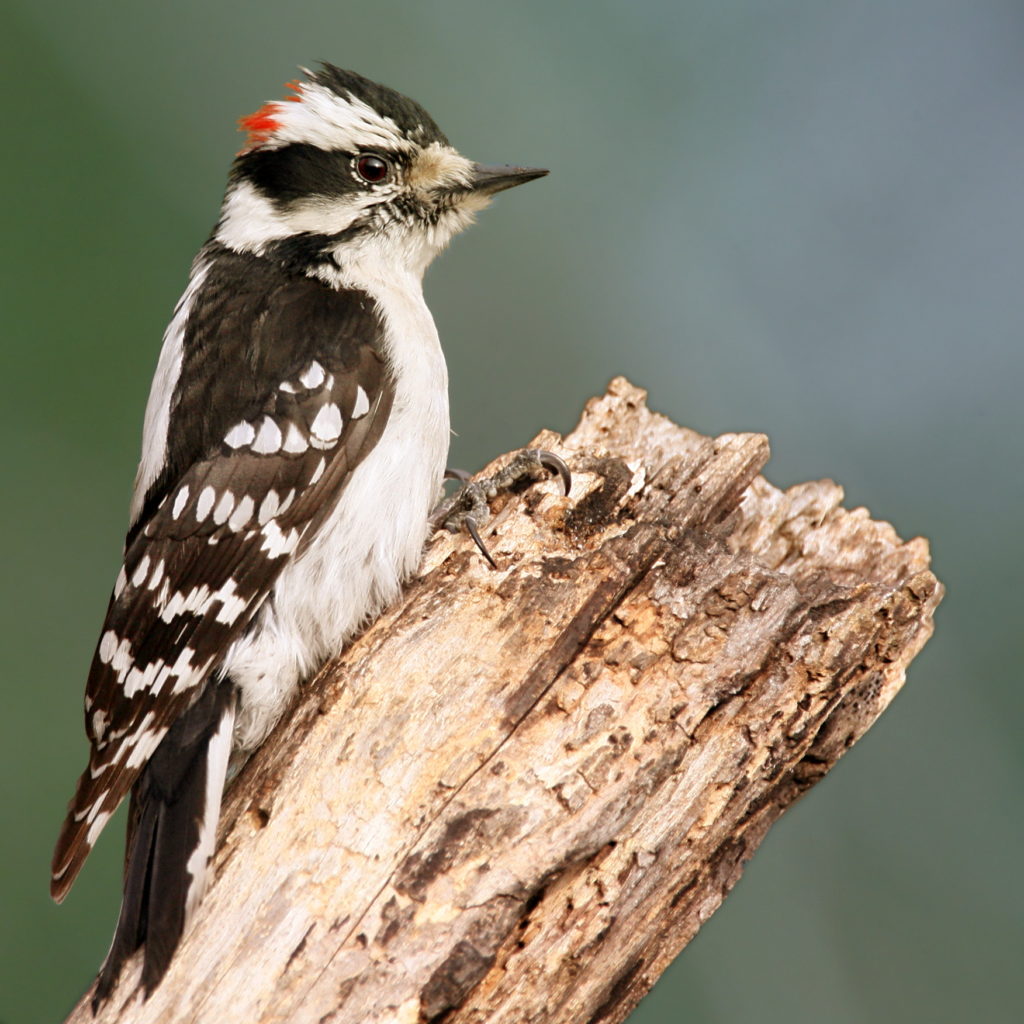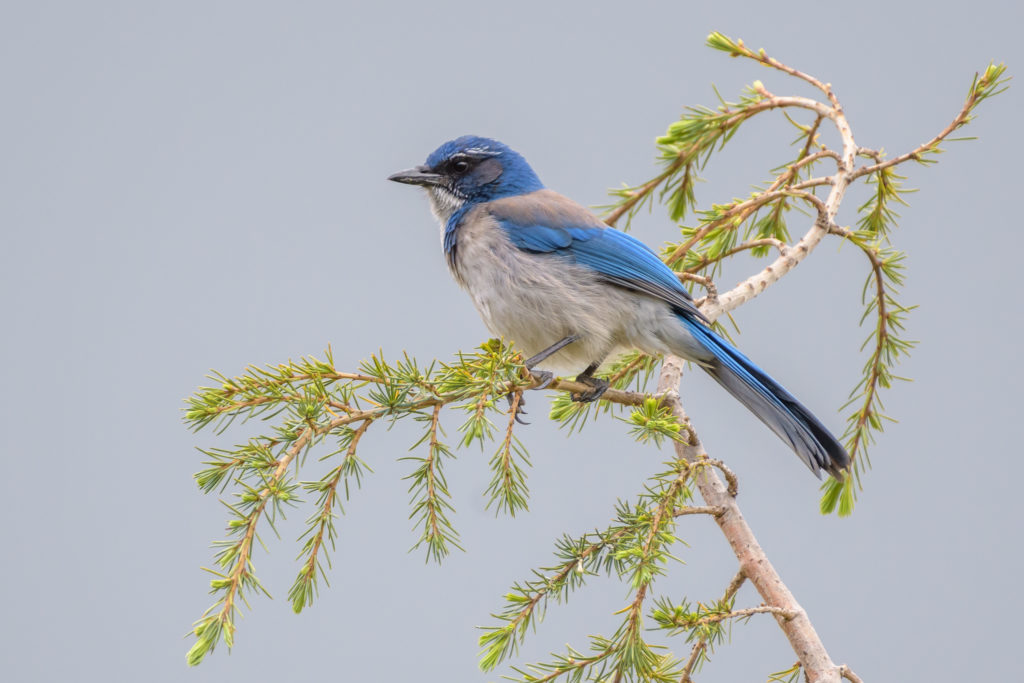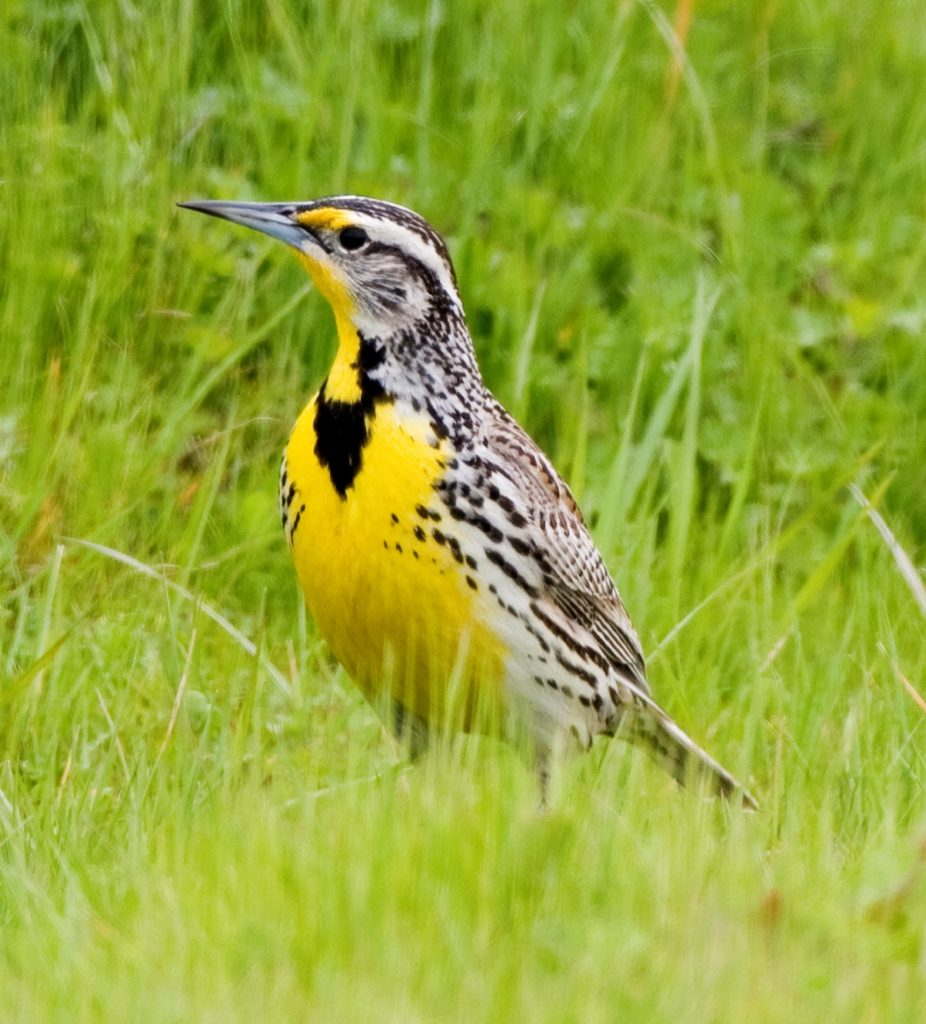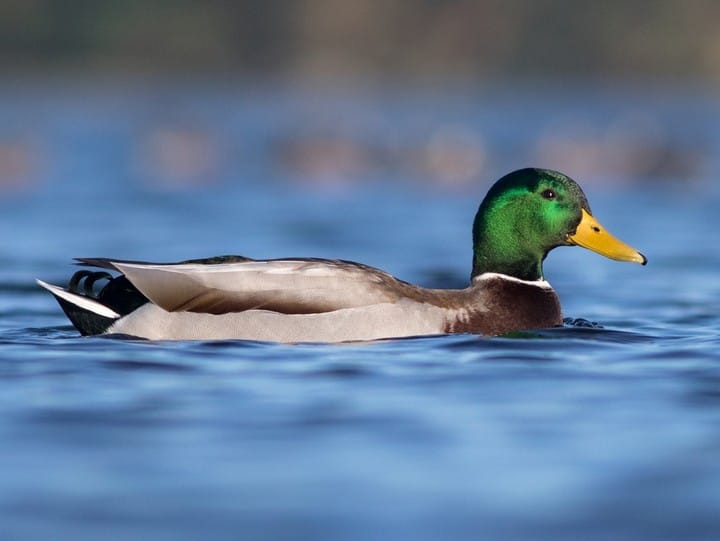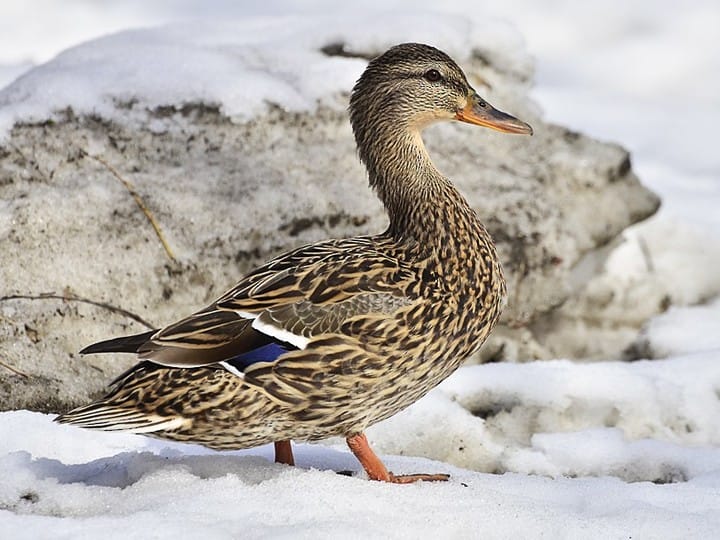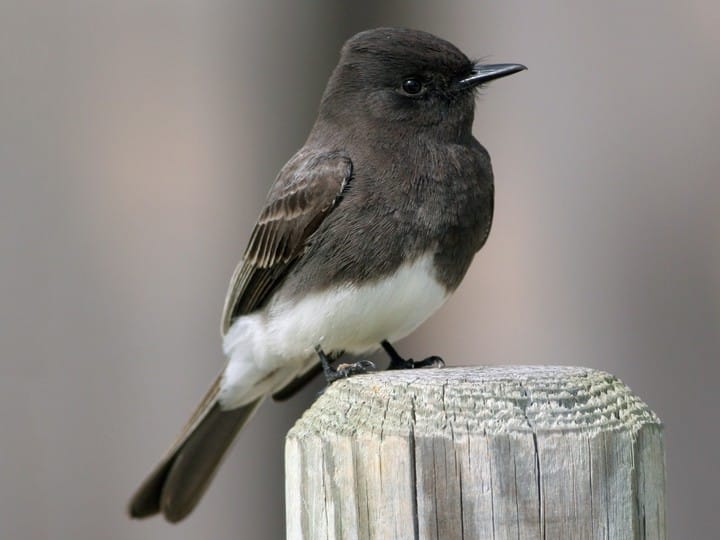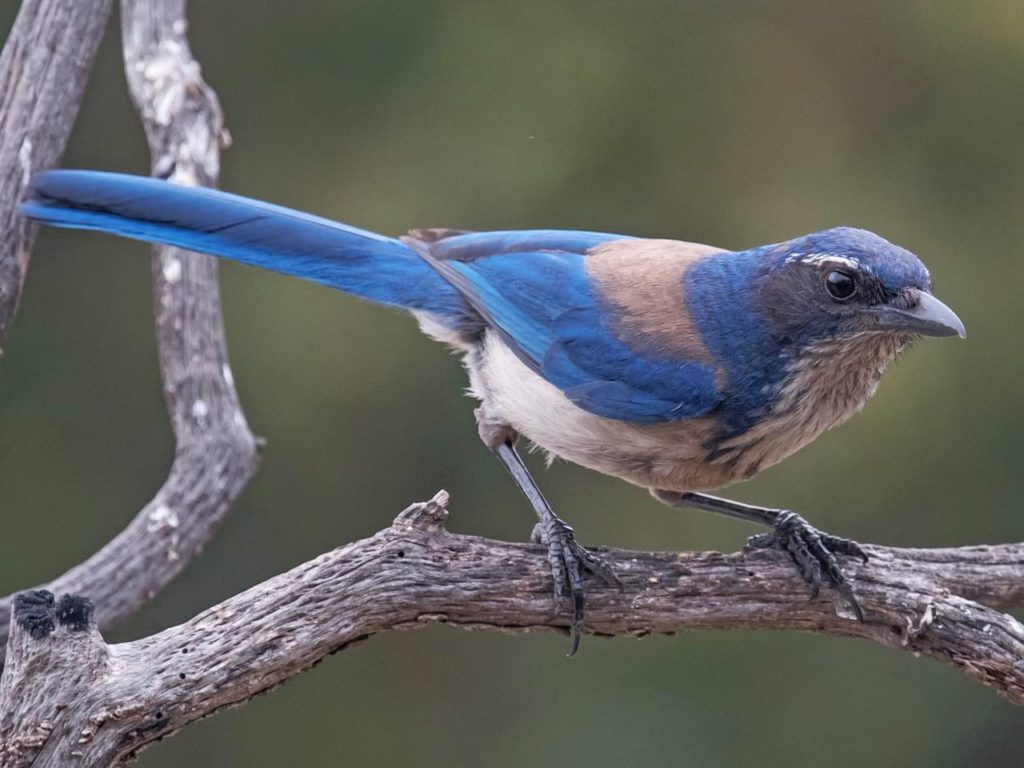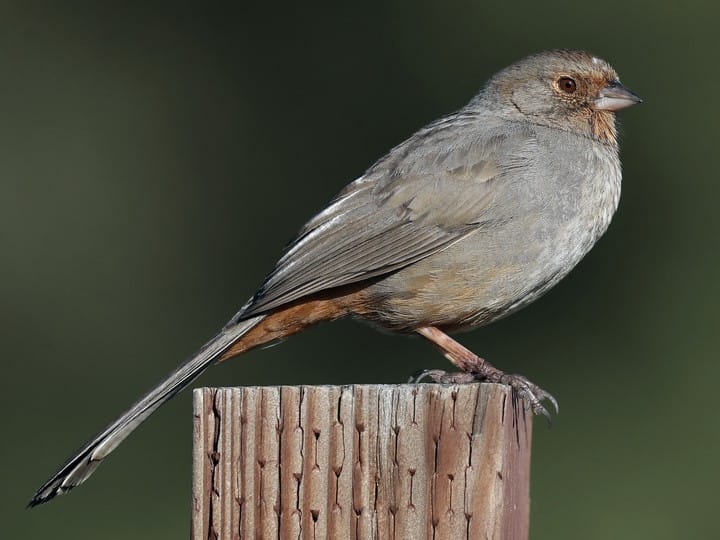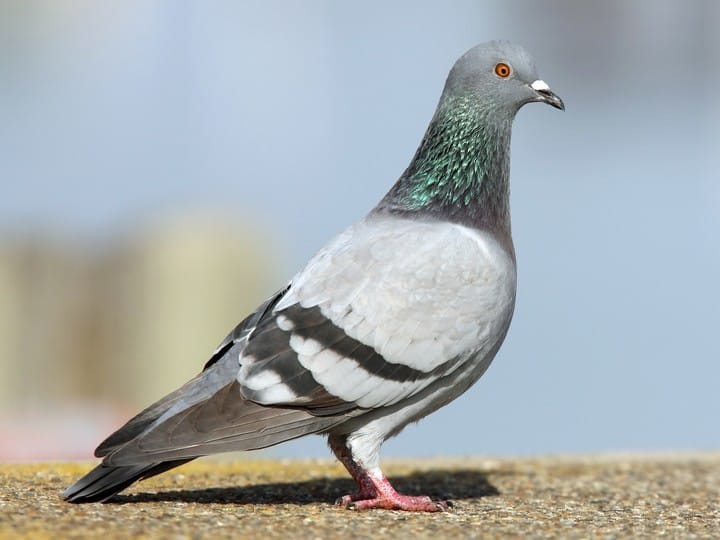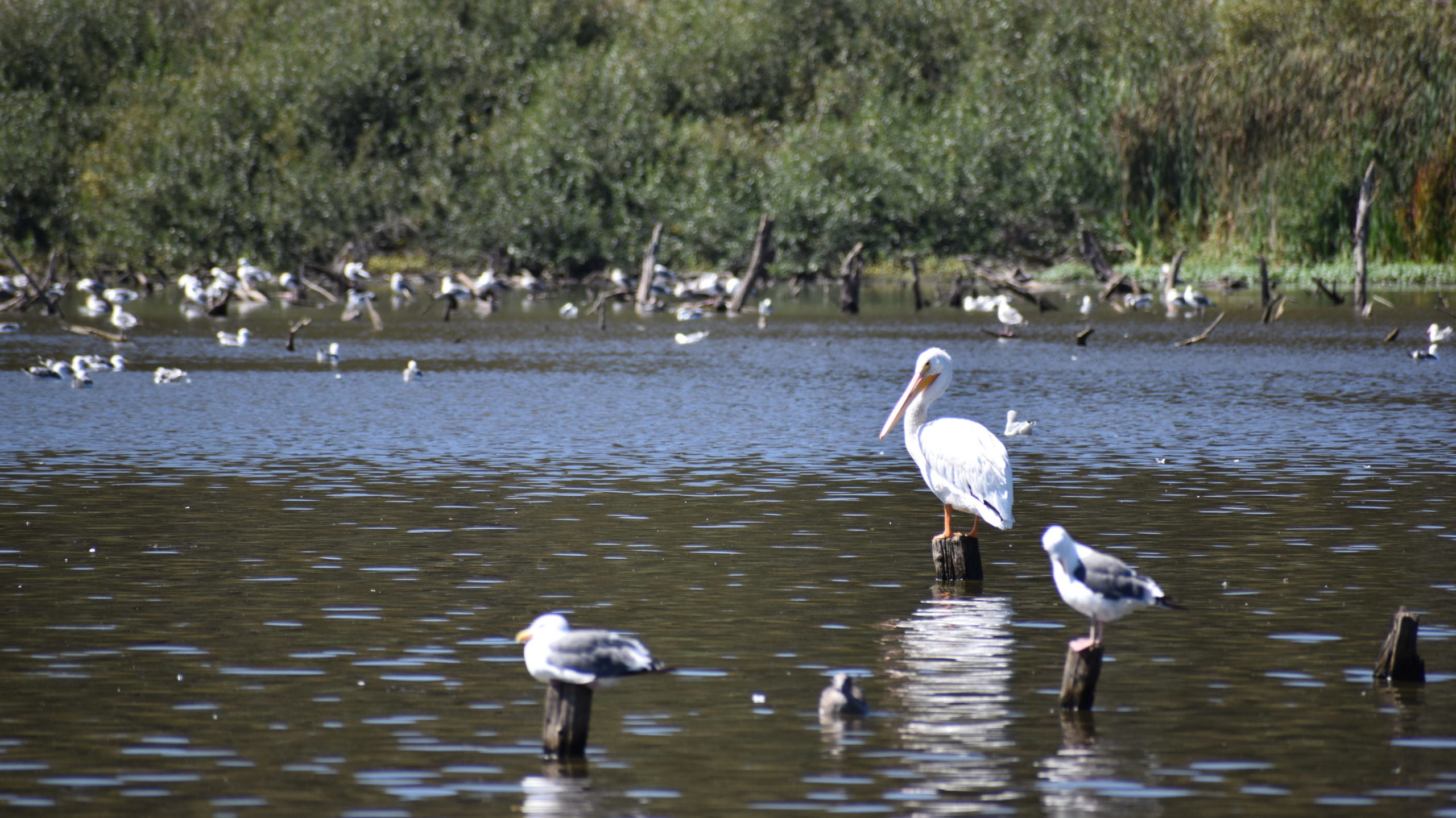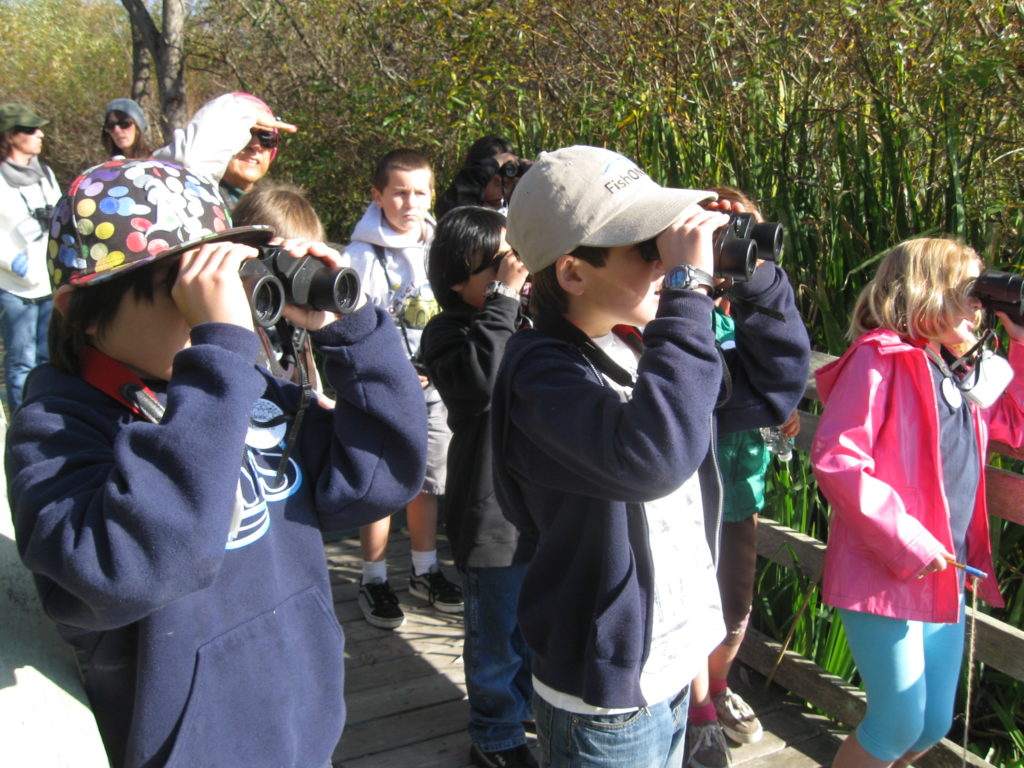All of our collections are special, but some of them are egg-squisite. The study of eggs and nests, historically referred to as oology, is a rich vein in the story of natural history museums. Museum egg collections have played a large role in critical conservation conversations, and continue to be relevant for contemporary research. True to this larger history — from mighty ostrich to minuscule hummingbird eggs, from 19th century birders to current digitization projects — eggs are an important part of your local natural history museum.
During this Collection Close-Up webinar, join Collections Manager Kathleen Aston on an exploration of our egg collection from the 1880s to the 1980s and beyond. We’ll also look at how birds feature in our current priorities, from community science to youth education.
Resources
- Collections Close-Up blog: Old Time Oology
- When California Went to War Over Eggs
- A Radical Journey of Art, Science, and Entrepreneurship: A Self-Taught Victorian Woman’s Visionary Ornithological Illustrations
- About nest building
- The five million bird eggs in the world’s museum collections are an invaluable and underused resource
- Genetic barcoding of museum eggshell improves data integrity of avian biological collections
- Impact of time since collection on avian eggshell color: a comparison of museum and fresh egg specimens
- Egg patterns as identity signals in colonial seabirds: a comparison of four alcid species
- Cracking the egg: the use of modern and fossil eggs for ecological, environmental and biological interpretation
About the series
Zoom into the stories, secrets, and science of our collections during monthly webinars with Collections Manager Kathleen Aston. This live event is an extension of our monthly Collections Close-Up blog, with added insights and intrigue. Members are invited to participate in this program before it is made available to the general public as well as ask questions directly of Kathleen.
Not yet a Member? Join today!
Your support helps us steward our collections and offer educational programs that connect people with nature and science. Memberships start at just $15/year.

